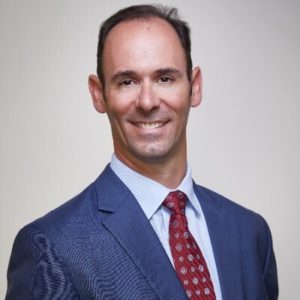Normalizing hospice in long-term care
“In the Orient, dying is a requirement. In Europe, dying is inevitable. In America, dying appears to be an option.” –Kerry Cranmer, MD, CMD, AMDA
In nursing homes, dying is illegal. That’s a provocative statement, but one that Crossroads Hospice president Perry Farmer owned in his presentation of a recent Long-Term Living webinar on the normalization of hospice in long-term care. OBRA ’87 regulations decree that nursing homes improve or maintain a resident’s function. But with 20 percent of all U.S. deaths taking place in nursing homes, the critical need for dedicated hospice care cannot be ignored.
And yet SNF staffs are not always adequately trained to support hospice. Hence Farmer promotes what he terms “reality orientation” for staff and residents and their loved ones.
“Shouldn’t hospice and long-term care be great partners in this process?” Farmer said. “Why are they often at odds?”
There are a couple reasons for this friction, he proposed. First, one needs to understand the difference between curative care and palliative care, two divergent philosophies that drive resident care. Curative care is a substance or treatment that can restore health. Palliative care involves alleviating pain and symptoms without eliminating the cause. In addition to easing suffering, hospice involves dealing with spiritual and emotional issues at the end of life.
And a second reason for the friction, “We don’t want people to decline in our nursing homes even though they do—and hospice charts one way,” Farmer said.
Successful LTC facilities are able to create an environment where hospice is just as “normal” as any other referral, Farmer maintains. As you tour families through the dining room, activities area and therapy space it is just as important to introduce them to your hospice. “This will alleviate their fears, and more importantly provide the first steps of normalization and reality orientation,” Farmer said. It involves identifying goals and mapping expectations. And, “your clinical care team must be preparing for the inevitable at every care plan meeting,” Farmer advised.
Misconceptions about hospice make referral difficult, Farmer said. “Services such as physical therapy, speech therapy and dementia units are all examples of extended care services. Hospice also is an extended care service,” Farmer said.
In addition to preparing for the inevitable at every care plan meeting, providers should have knowledge of disease progression and be able to convey that progression to the resident and family so they’ll understand what’s next and normal—to alleviate fears through knowledge.
To learn more about hospice in long-term care, including detailed guidelines in identifying goals and mapping expectations for the major hospice diagnoses, register for the archived webinar here.

Patricia Sheehan was Editor in Chief of I Advance Senior Care / Long Term Living from 2010-2013. She is now manager, communications at Nestlé USA.
Related Articles
Topics: Clinical











